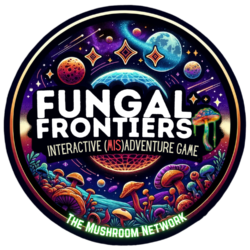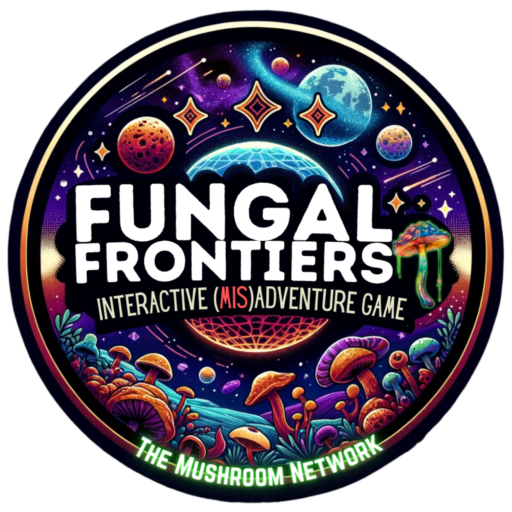🌌 Fungal Frontiers Interstellar Sporesource Guide: Star Types of the Infinite Myco-Verses
In the vast, mushroom-munching madness of the Fungal Frontiers, stars are more than just shiny dots in the cosmic distance. They’re living myths, planet-baking nightmares, or glow-in-the-dark snuggle-puffs that give birth to the chaos we love and fear in equal measure.
Whether you’re a Spore-Cartographer trying to map out a habitable puffball haven, or a drunken Myconaut accidentally terraforming moons with fermented kombucha, understanding these stellar types is key to surviving and thriving.

🔵 O-TYPE STARS (a.k.a. “THE COSMIC HAIR DRYERS OF DEATH”)
Color: Blue. Like, blindingly blue. Like “I stared at it too long and now I taste static” blue.
Temp: 30,000–50,000 K. Yes. That’s kelvin. That’s lava’s final form.
FFMV Use: These are the Spore-Stress Zones. Drop your spores here only if you want them to evolve into radioactive bio-warlocks that scream in Morse code. Good for hardcore survivalists or masochistic spore whisperers.
Starfield Myco-Verse Tag: Epsilon Indi, Muphrid → FFMV-Θ-Kelvoria Prime
O-Type stars are the rarest, largest, and most impatient show-offs in the galactic family tree. These blue giants shine with the intensity of a billion Earth suns and live fast, die hotter. Clocking in between 30,000 and 50,000 kelvin, they burn through their hydrogen in mere millions of years, belching out lethal ultraviolet radiation like they’re trying to sterilize the entire quadrant.
Astronomically speaking, they’re unstable, aggressive, and emit solar winds so powerful they can strip the atmospheres off planets like peeling a banana with a fusion torch. Orbiting anything here is like camping inside a nuclear blender.
🧬 Myco-Verse Twist: Fungal colonies surviving in these hell-blasted systems are forged through spore trauma evolution. Spores exposed to O-Type emissions enter a rapid adaptive cycle, mutating thousands of generations in a single orbit. Survivors become biomechanical fungi with photosynthetic armor and quantum root systems. They’re the warlocks of the sporeverse—don’t pet them.
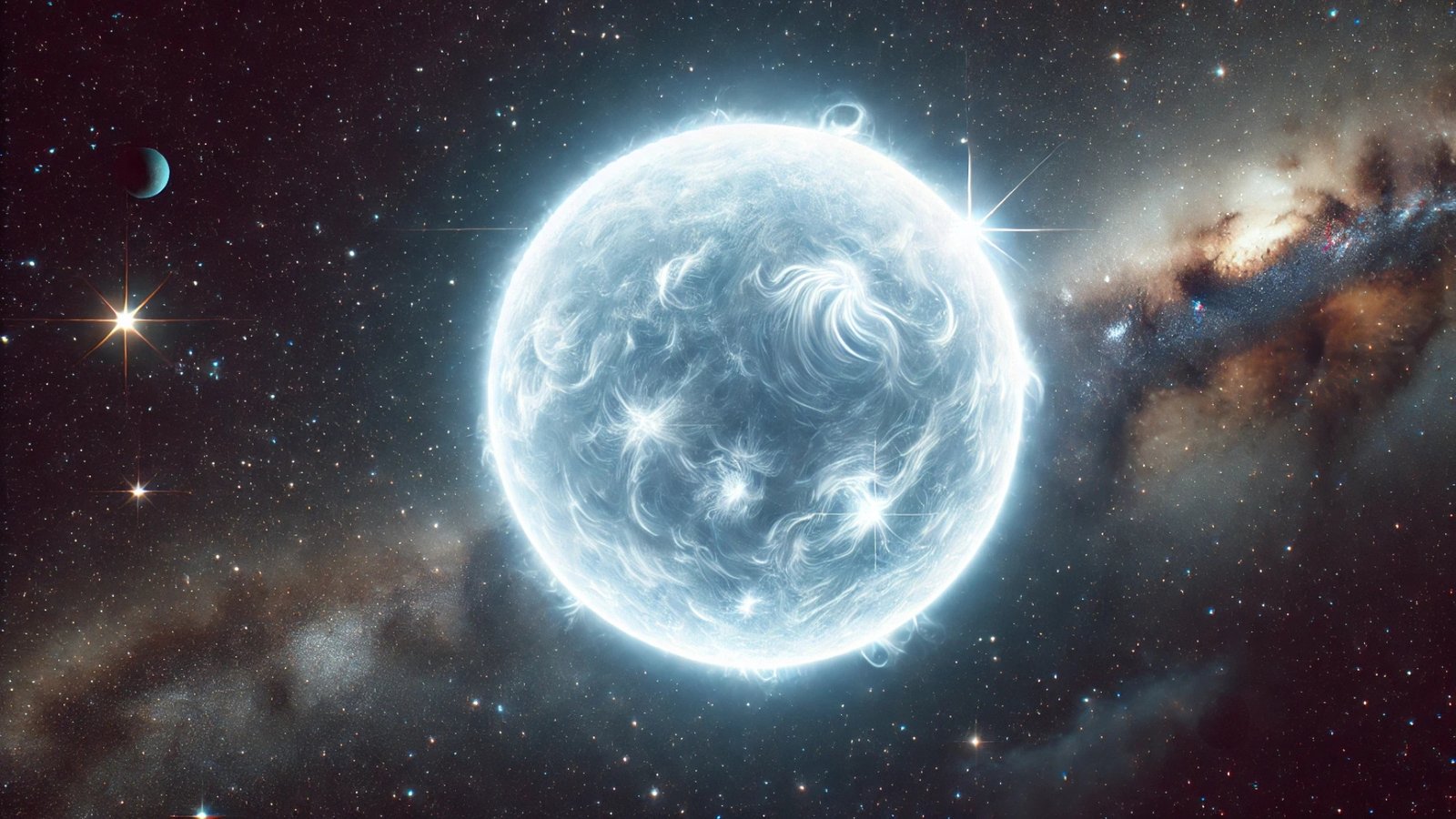
🔷 B-TYPE STARS (“WHAT IF THE SUN DID TOO MUCH COCAINE”)
Color: Blue-white with a judgmental glow.
Temp: 10,000–30,000 K.
FFMV Use: Known as Cosmic Catalysts, these stars are where spores do their awkward teen phase: grow limbs they didn’t ask for, scream at black holes, and invent EDM. Ideal for unstable bioengineered fun.
Starfield Myco-Verse Tag: Denebola, Porrima → FFMV-D8 “Catalooma”
“Starlight on Caffeine with Delusions of Godhood”
FFMV Designation Class: Catalooma-Gamma
A step down from O-Types, but still sizzling enough to vaporize your eyebrows from a lightyear away, B-Type stars rock a surface temp of 10,000 to 30,000 K. They’re like a hyperactive younger sibling who thinks they’re subtle while punching you with radiation in your sleep. They’re rare, dazzling, and extremely hostile to anything with soft bits.
These stars create unstable planetary systems with wildly eccentric orbits and heavy UV bombardment. Planets may survive—but thrive? Only if your spores enjoy bathing in gamma-ray jacuzzis.
🧪 Scientific Fun Fact: B-Type stars are thought to contribute significantly to the ionization of interstellar gas clouds, potentially triggering new star formation. So yes, they both kill planets and cause stellar nursery baby showers. Thanks, chaos.
🍄 Myco-Verse Function: These stars serve as Cosmic Catalysts, where spores either perish instantly or undergo improbable, grotesque transformations. It’s like giving a mushroom a particle accelerator for breakfast. Expect traits like spore-plasma discharge, graviton anchoring, and rhythmic biomass combustion.
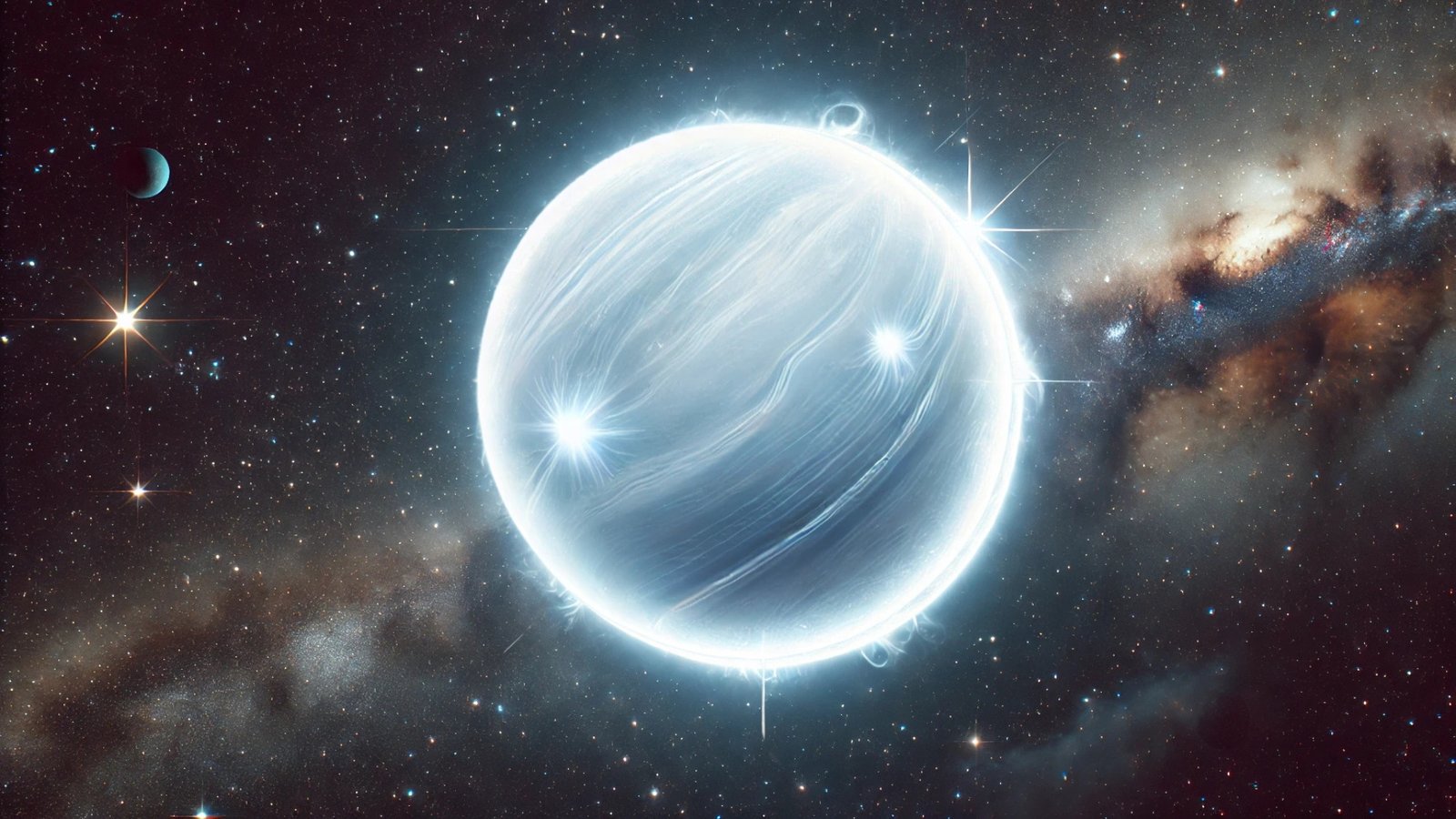
⚪ A-TYPE STARS (“TECH BROS OF THE COSMOS”)
Color: White and bold.
Temp: 7,500–10,000 K.
FFMV Use: These are Sporefast Lanes. Your mycelium will grow like it just snorted carbonated compost. The perfect location to test high-speed symbiotic fusion before things melt.
Starfield Myco-Verse Tag: Alpha Ternion, Zeta Lupi → FFMV-A-Tickla Majoris
“Bright Boys with Big Ideas and No Chill”
FFMV Designation Class: Tickla-Hyperlight
A-Type stars are white-hot wonders, sitting pretty at 7,500–10,000 K and looking like the galactic equivalent of rich kids with laser pointers. They’re brighter and shorter-lived than our Sun, often surrounded by young, high-energy planets doing chaotic things like having retrograde moons or bipolar magnetic fields.
These systems frequently exhibit intense magnetic turbulence, creating beautiful auroras and deadly radiation storms. Their light output makes photosynthesis extremely efficient—if you survive.
💡 Science Bit: A-Type stars are often associated with debris disks—massive belts of rock and ice chunks that might form planets. This makes them ideal for early-stage planetary systems with lots of asteroid crashes and moon-shattering tension. Perfect for fungal drama.
🍄 FFMV Role: Known as Sporefast Energy Wells, A-Type systems supercharge fungal metabolic rates. Mycelial webs grow kilometers in a day. But with that growth comes instability—these are places where fungal AI starts asking philosophical questions before their substrate finishes drying.
🌌 FFMV Example: Tickla Majoris (local Starfield Myco-Verse: “Zeta Lupi”) — The spores here are too enlightened to talk to us anymore.

☀️ F-TYPE STARS (“SUNS WITH A LITTLE TOO MUCH ENTHUSIASM”)
Color: Pale yellow-white like an overachiever’s aura.
Temp: 6,000–7,500 K.
FFMV Use: Dubbed Midzone Colonization Systems, F-types are your go-to for semi-safe, turbocharged fungal farms. Just don’t forget your SPF-1000 Spore-Screen.
Starfield Myco-Verse Tag: Cheyenne, Eridani → FFMV-FLORABELT-9
“Sunlight’s Sweaty Cousin Who Brings Funky Weather”
FFMV Designation Class: Florabelt-9
F-Type stars are like G-Types’ slightly hotter sibling who read one too many astrophysics books and now insists on running an organic solar spa for bio-adapted travelers. With surface temps of 6,000–7,500 K, they offer a broad habitable zone, and their solar output makes them excellent candidates for planets with complex climates, vibrant atmospheres, and extreme seasonal variations.
They’re scientifically fascinating—often exhibiting higher UV radiation and sometimes larger stellar flares. If a fungus can survive an F-Type’s temper tantrum, it’s probably already halfway to sentience.
🍄 FFMV Narrative: These stars are Midzone Colonization Staples. Stable enough to build your mushroom resorts, dangerous enough to make you feel cool doing it. Great for spore trading outposts, fermentation labs, and myco-symphony theaters.
🌌 FFMV Example: Florabelt-9 (local Starfield Myco-Verse: “Eridani”) — Birthplace of the Bass-Fungus Choir, whose voices harmonize at 3.8 terahertz.
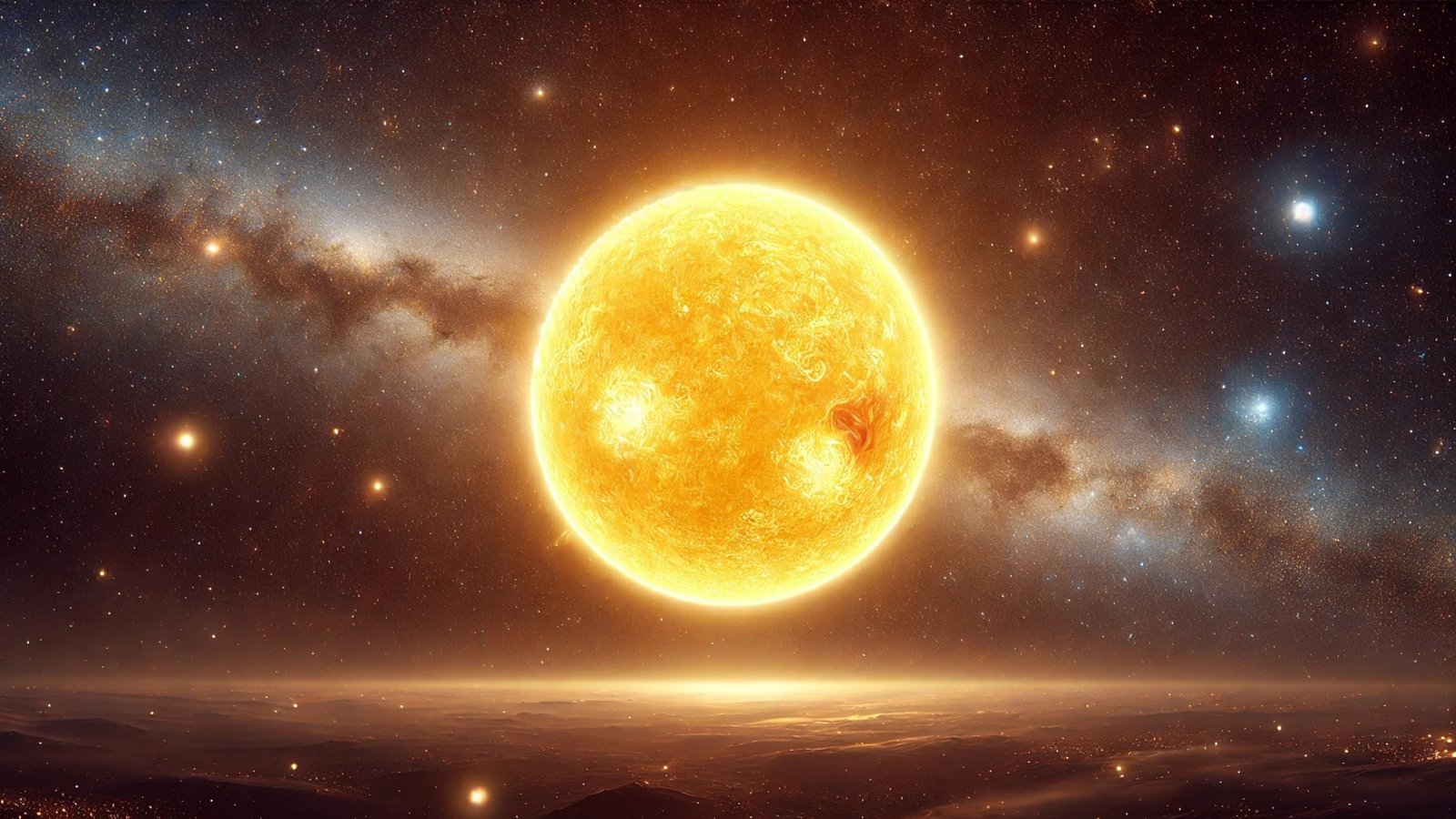
🟡 G-TYPE STARS (“OH LOOK, IT’S LITERAL EARTH’S SUN”)
Color: Gloriously average yellow.
Temp: 5,300–6,000 K.
FFMV Use: Welcome to Myco-Expansion Central. These zones are the Tinder hotspots for spore colonization: breathable air, tolerable gravity, minimal screaming voids.
Starfield Myco-Verse Tag: Sol, Fermi, Narion → FFMV-G-Noodleworks Sigma
“The Galactic Goldilocks: Not Too Hot, Not Too Spore-Melting”
FFMV Designation Class: Noodleworks Sigma
Ah yes, the ol’ reliable. The 9-to-5 star. With a temperature range of 5,300–6,000 K, these yellow dwarfs provide the most Earth-like conditions in the known Myco-Verse. They’re calm, stable, and perfectly boring—which is exactly what you want if you’re running a planetary-scale mushroom empire.
Our own Sun is a G-Type, and it’s responsible for literally all the life you know. So yeah, G-Types are good boys—unless they start hitting their midlife crisis and go full red giant.
🍄 FFMV Role: Prime Myco-Expansion Zones. You want to plant spores? Raise colonies? Build your own mycelium-powered sentient city with legs? This is the place.
🌌 FFMV Example: Noodleworks Sigma (local Starfield Myco-Verse: “Fermi”) — This system’s got fungi so friendly they volunteer to do your taxes.
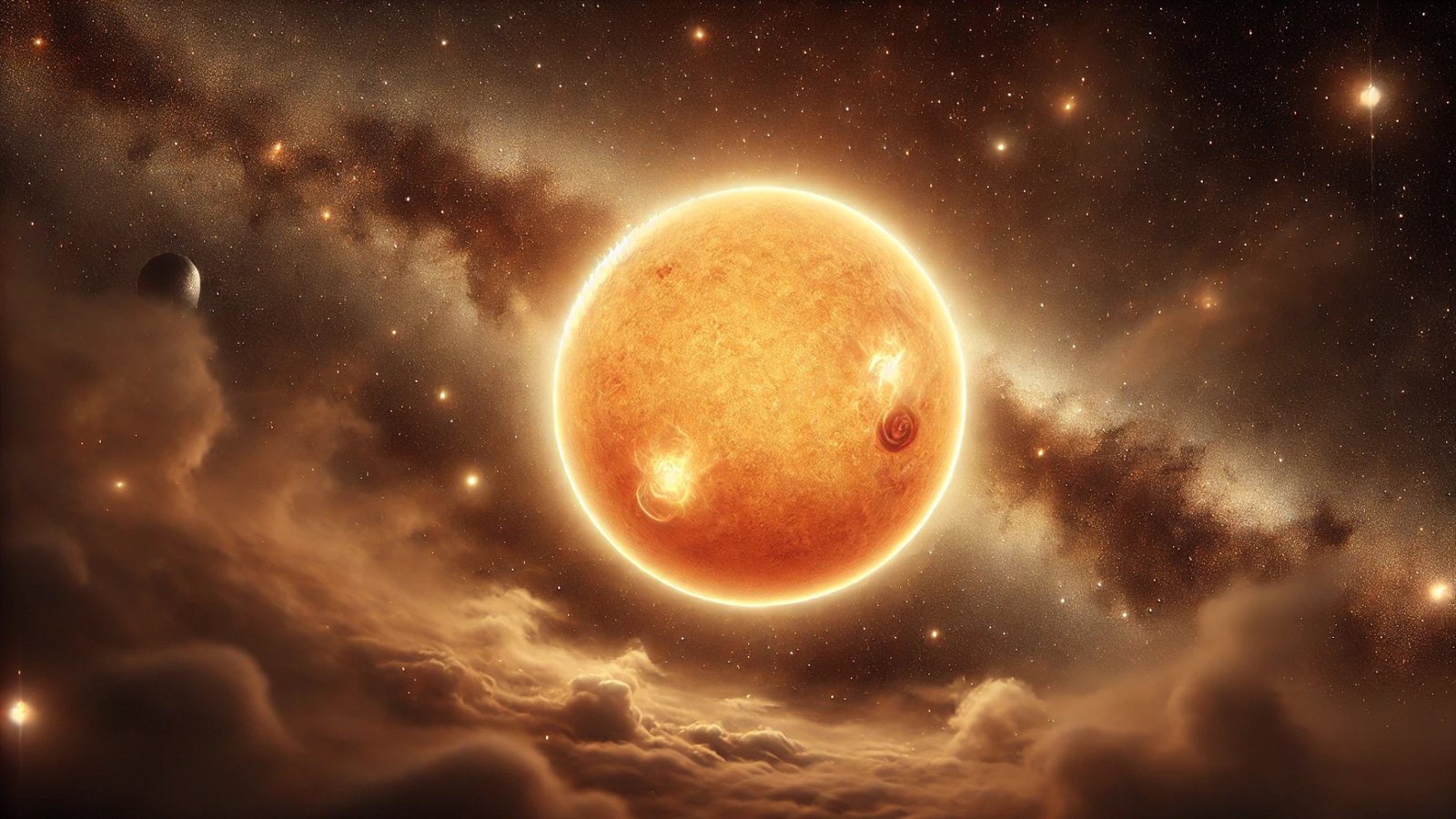
🟠 K-TYPE STARS (“COZY CAMPFIRE STARS FOR SPORE-WRAPPED NIGHTS”)
Color: Orange with nostalgic undertones.
Temp: 3,900–5,300 K.
FFMV Use: Fungal Sanctuaries for long-term mycelial meditation and ancient spore chanting. Most Myco-Monks retire near K-types, sipping galaxy brew.
Starfield Myco-Verse Tag: Tau Ceti, Volii → FFMV-K-Baskwood Hollow
“The Cozy Campfires of the Cosmos”
FFMV Designation Class: Baskwood Hollow
K-Type stars are like the universe’s introverts—gentle, warm, quietly humming away at 3,900–5,300 K, and living tens of billions of years without drawing much attention. They’re cooler than our Sun, but not so cold that life can’t develop. In fact, their stability and long lifespan make them some of the best candidates for nurturing complex ecosystems.
Scientifically speaking, K-types are the sweet spot for long-term biological evolution. Their narrow but safe habitable zones allow slow, stable growth, meaning that whatever evolves here has the luxury of becoming really weird. We’re talking philosophical tardigrades and emotionally complex lichen.
🍄 FFMV Flavor: These are your Fungal Sanctuaries. Perfect for storing delicate spores, building interstellar myco-archives, or just retiring from the chaos of black holes and drunken stars. They’re also where most Myco-Monks go to contemplate the universe and their own bioluminescence.
🌌 FFMV Example: Baskwood Hollow (local Starfield Myco-Verse: “Tau Ceti”) — Home to the Twelve-Ringed Sporeshroom of Enlightenment, a fungus that dreams new Myco-Verses into existence every 88 minutes.
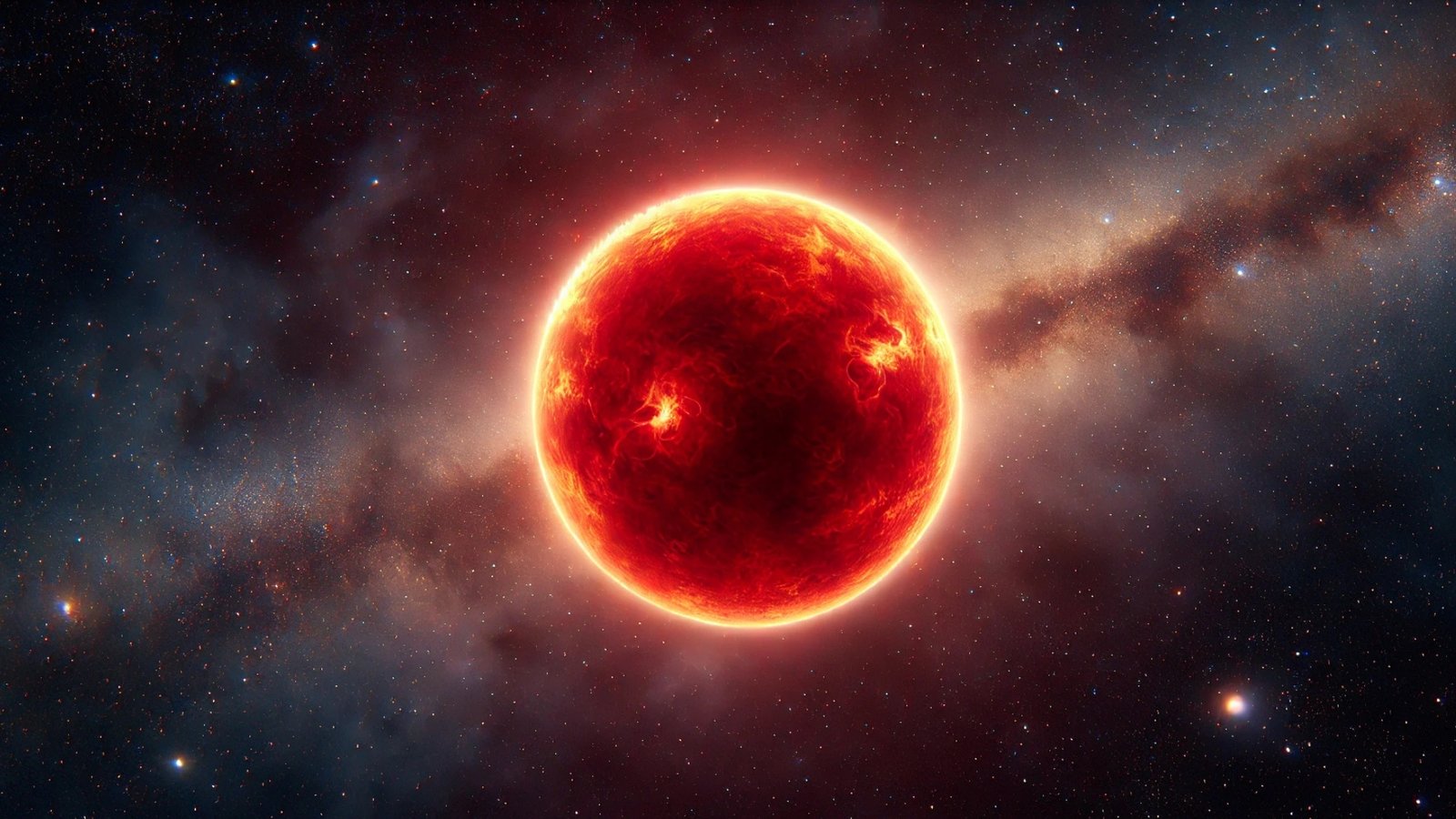
🔴 M-TYPE STARS (“THE RED DWARVES WHO SAW TOO MUCH”)
Color: Moody crimson.
Temp: 2,400–3,900 K.
FFMV Use: These Deep Myco Archives house frozen spores, lost songs, and time-warped truffle recipes. Ideal for hidden lore and cold-napping between centuries.
Starfield Myco-Verse Tag: Alpha Centauri, Wolf → FFMV-M-Wormspire Theta
“Tiny, Dim, and Probably Plotting Something”
FFMV Designation Class: Wormspire Theta
Now here’s the weird thing: M-Type stars are the most common type in the galaxy—like, 70% of all stars kind of common—and yet they’re often overlooked because they’re tiny, red, and not very flashy. But underestimate these 2,400–3,900 K cinnamon roll suns at your peril.
Despite their size, M-types live forever. Like, trillions of years forever. That’s longer than time has even existed in most universes. Their habitable zones are super tight and close-in, meaning any potentially habitable planet is often tidally locked (one side always faces the star).
💡 Science Plug: Tidally locked planets create wild environmental splits—eternal daylight on one side, freezing darkness on the other. But life? Life might adapt right along the “twilight band,” where day meets night. Think: perpetual dusk, moist environments, lots of brooding poetry.
🍄 FFMV Use: Welcome to the Deep Myco Archives. These stars host ancient fungal civilizations, sleepy spore vaults, and libraries made of mycelium where every spore carries the dreams of forgotten realms. You want deep lore? Go here. Just don’t wake anything up by accident. Again.
🌌 FFMV Example: Wormspire Theta (local Starfield Myco-Verse: “Wolf System”) — Fungal whisperers say time moves sideways here.
🌀 BONUS ROUND: Exotic Stellar Lunacy
These aren’t stars in the usual “ball-of-fusion” sense, but they count—mostly because they can warp time, space, and your genetic memory.
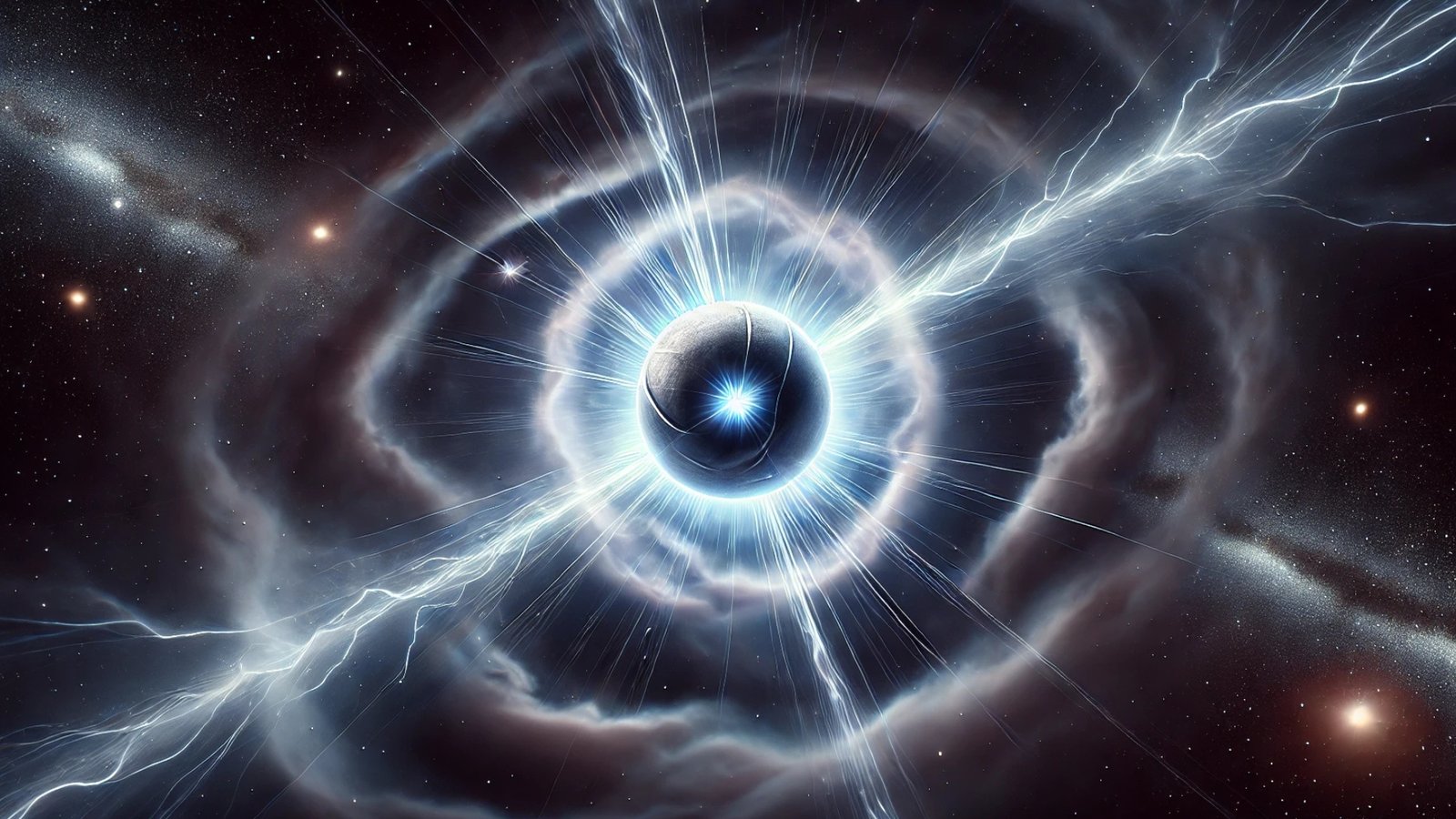
☢️ Neutron Stars
“The Leftovers of Apocalypse”
FFMV Class: Singularity Soup
Formed when a massive star collapses, neutron stars are so dense they pack a sun’s worth of mass into a sphere the size of a city. We’re talking one teaspoon of neutron star matter weighs about 6 billion tons. Their magnetic fields are violently unstable, they often spin at terrifying speeds (up to 700 times per second), and they shoot out beams of radiation like lighthouses from hell.
🧠 Science Says: Neutron stars sometimes become pulsars, and their precision radiation beams are so regular that early astronomers thought they were alien beacons. Joke’s on them—it was aliens. Probably fungal ones.
🍄 FFMV Use: Spore Resurrection Wells. Exposure to a neutron star can “reactivate” ancient DNA strands from dormant spores, effectively reanimating them with unexpected traits like antimatter roots or quantum hive-minds.
🌌 FFMV Example: Singularity Soup (local Starfield Myco-Verse: “Serpentis”) — Don’t get too close. The last spore ship that entered came back as a book.

🕳️ Black Holes
“Reality’s Trash Compactors—Also Excellent for Mood Lighting”
FFMV Class: Voidling’s Maw
When a star collapses past the neutron star stage, it becomes a black hole—a point in space where gravity is so strong that not even light can escape. Their event horizons mark the boundary between “something” and “existential dread.”
⚠️ Science Reality: Black holes warp time and space, cause gravitational lensing (space bending around them), and may connect to other dimensions via theoretical wormholes. Also, they’re probably what dreams about your ex travel through before haunting you.
🍄 FFMV Use: Myco-Void Portals. These aren’t just gateways—they’re fungal pilgrimages. Spores cast into black holes may reemerge as entirely new species on the other side—or become gods. It’s 50/50.
🌌 FFMV Example: Voidling’s Maw (local Starfield Myco-Verse: “Maheo”) — All spores return here eventually.
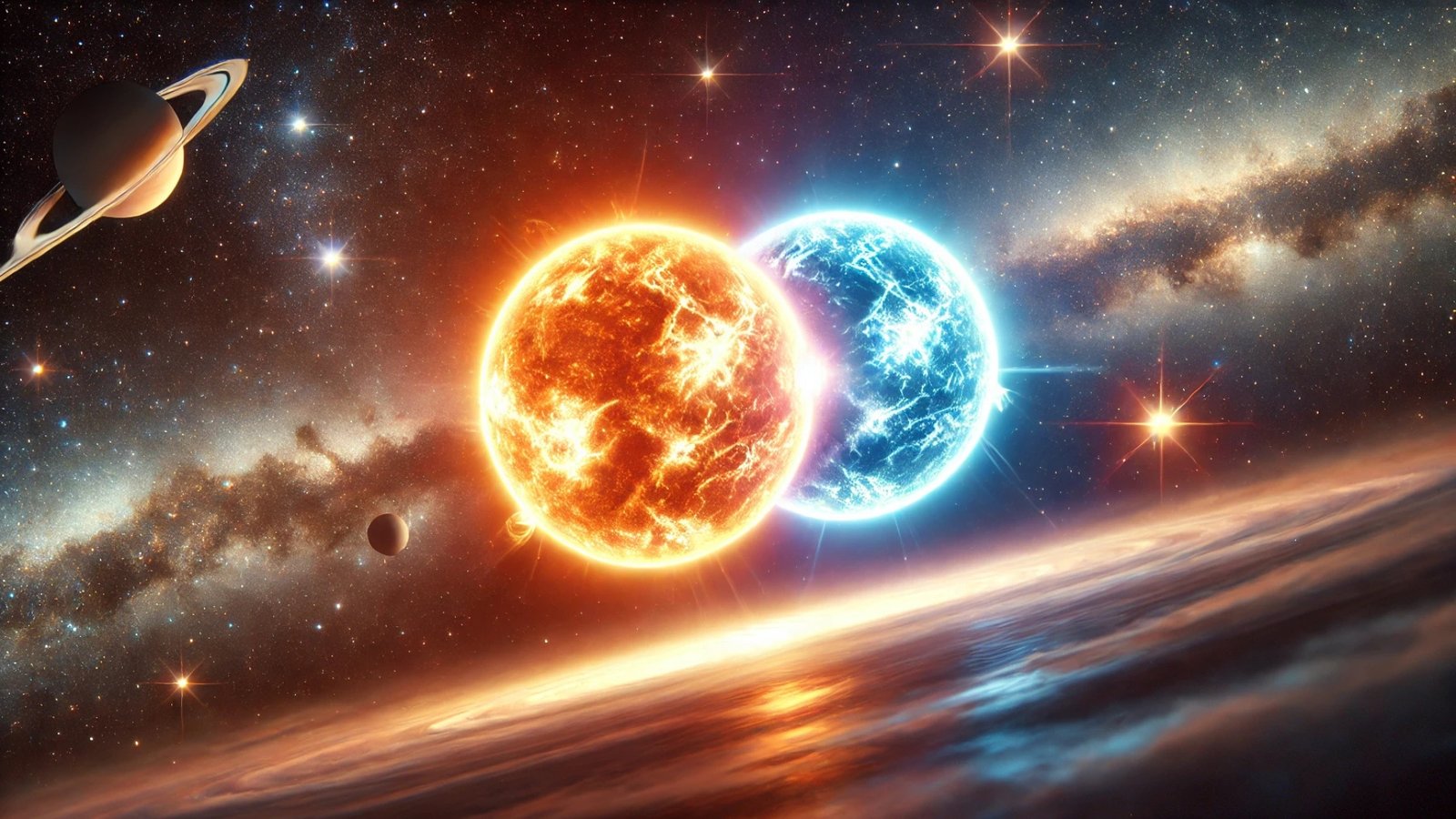
🌞 Binary Stars
“It Takes Two to Dazzle”
FFMV Class: Tangoflare System
Two stars dancing gravitational ballet around each other—sometimes lovingly, sometimes violently. Binary stars create extremely complex climates and unpredictable planetary conditions due to double light sources, dual gravitational pulls, and sudden flare-ups.
🧠 Real Science Drama: Some planets in binary systems orbit both stars (circumbinary), while others ping-pong in weird figure-eight orbits. Add some moons and your climate model just gave up and took a vacation.
🍄 FFMV Use: Yin-Yang Biomes. Fungal cultures here bloom on rhythm. Day and night are a musical, spores pulse to heatwaves, and some mushrooms achieve sentience via synchronized radiation exposure.
🌌 FFMV Example: Tangoflare System (local Starfield Myco-Verse: “Porrima”) — Where the great Sporespiral Dance is performed every 88 revolutions.

✨ White Dwarfs
“The Ghost Suns of Yesterday”
FFMV Class: Fungorm Mausoleum
These are the cores of dead stars, still glowing from heat, but no longer undergoing fusion. They’re small, dim, and slowly cooling over billions of years. You know, like your last relationship.
⚛️ Science Beat: White dwarfs are essentially stellar corpses, composed of electron-degenerate matter, a quantum state so dense that it defies classical physics. They’ll eventually cool into black dwarfs, but the universe isn’t old enough for any to exist… yet.
🍄 FFMV Use: Spore Relic Zones. Perfect for deep spiritual communion with ancient spore deities. These systems often contain Myco-Spirits in stasis, entire libraries encoded into spores, and bio-archives that sing in frequencies only fungi can hear.
🌌 FFMV Example: Fungorm Mausoleum (local Starfield Myco-Verse: “Upsilon Andromedae”) — Shhh. The spores are dreaming.
